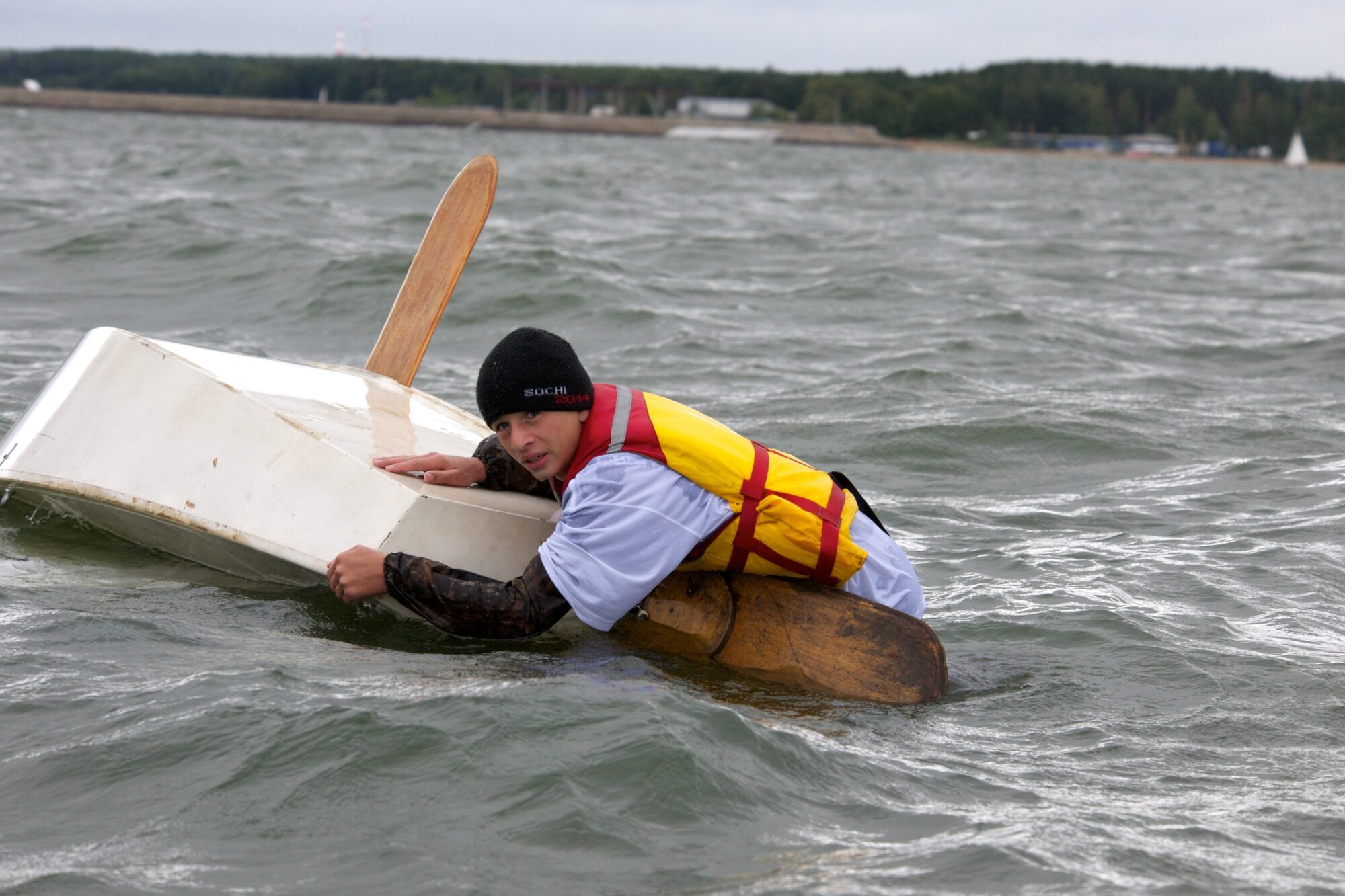How to Handle Emergencies on the Water: A Boater’s Guide
Boating is one of the most enjoyable ways to explore the water, but emergencies can arise when you least expect them. Whether you’re an experienced captain or a first-time boater, knowing how to respond in a crisis can save lives. This guide covers essential steps to handle common emergencies, including capsizing, man-overboard (MOB) incidents, and engine failure.
1. Capsizing: Staying Safe When Your Boat Overturns
Capsizing is one of the most serious boating emergencies, often caused by rough waters, improper weight distribution, or sudden weather changes. Staying prepared and acting decisively can prevent the situation from worsening.
- Wear a Life Jacket: This cannot be overstated—life jackets are your primary defense against drowning. Ensure everyone on board wears one at all times, especially in small boats prone to capsizing.
- Stay with the Boat: Unless the boat is sinking, stay close to or on the boat if it remains afloat. A capsized boat is more visible to rescuers than a person in the water.
- Climb on Top if Possible: Climbing onto the hull keeps you out of the water, reducing the risk of hypothermia in cold conditions.
- Signal for Help: Use a whistle, emergency flares, or a waterproof communication device to alert nearby vessels or emergency responders.
- Avoid Panic: Staying calm will help you conserve energy and focus on survival strategies. Reassure passengers and encourage them to follow safety protocols.
2. Man Overboard (MOB): Quick Actions to Save a Life
A man-overboard incident can escalate rapidly if not addressed immediately. The key is quick thinking and coordinated efforts among everyone on the boat. Follow these steps to ensure a safe recovery:
- Shout “Man Overboard!”: Alert everyone on board and ensure the person in the water is continually observed. Assign someone to point and keep visual contact with them until they are safely recovered.
- Toss a Floatation Device: Throw a life ring, floatation cushion, or any buoyant item to the person. This not only helps keep them afloat but also serves as a visible marker if they drift.
- Stop the Boat: Immediately cut the engine to prevent injury and reduce the risk of further separation. Place the boat in neutral to avoid propeller accidents.
- Approach Carefully: Maneuver the boat slowly toward the person, keeping them in sight at all times. Approach from downwind or downstream to avoid pushing them away.
- Assist the Recovery: Use a boarding ladder, rescue sling, or rope to bring the person back aboard. Avoid pulling them up by their arms alone, as it could cause additional injury.
Tip: Practicing man-overboard drills regularly with your crew or passengers ensures everyone knows their role in an actual emergency.
3. Engine Failure: Staying in Control When Your Boat Won’t Start
Engine failure is one of the most common boating emergencies. While often not life-threatening, it can leave your vessel vulnerable to drifting into hazards or bad weather. Here’s how to handle it effectively:
- Drop an Anchor: As soon as you realize the engine has failed, anchor your boat to prevent drifting into dangerous areas such as rocks, reefs, or other boats.
- Signal for Help: Use visual signals like waving a brightly colored flag or SOS light. Alternatively, use your horn to alert nearby boaters. If you have a marine VHF radio, contact the Coast Guard on Channel 16.
- Check the Engine: Troubleshoot for common issues such as a disconnected fuel line, dead battery, or blown fuse. Basic engine maintenance knowledge can often resolve minor problems.
- Call for Professional Assistance: If you cannot fix the engine yourself, call for a tow from a marine assistance service or wait for the Coast Guard.
- Have a Backup Plan: If possible, deploy a backup propulsion system, such as an auxiliary motor or paddles, to navigate to safety.
Tip: Regular engine maintenance, including fuel checks, oil changes, and battery inspections, can prevent many failures before they happen.
General Tips for Any Emergency
No matter the emergency, certain universal practices can improve your safety and chances of a positive outcome:
- Stay Calm: Panic can make a bad situation worse. Keeping a clear head allows you to think critically and take appropriate actions.
- Carry Safety Gear: Always have a fully stocked emergency kit, including a first-aid kit, flares, whistle, flashlight, fire extinguisher, and a VHF radio.
- File a Float Plan: Before setting out, inform someone onshore about your itinerary, including your departure time, route, and expected return. This ensures rescuers can find you quickly if needed.
- Know Local Waterways: Familiarize yourself with the specific rules, hazards, and navigation guidelines in the area you’re boating.
- Take a Boating Safety Course: Learning safety techniques and emergency responses in advance is one of the best ways to prepare for potential crises.
Conclusion
Emergencies on the water can happen to anyone, but with preparation and knowledge, you can handle them effectively. Whether it’s a capsizing, a man-overboard incident, or engine failure, the steps outlined in this guide can save lives and prevent a crisis from escalating.
For more boating safety tips and resources, visit our website or consider enrolling in a certified boating safety course. Safe boating starts with preparation, awareness, and action.
Site created by Steve Stedman of Stedman Solutions, llc.